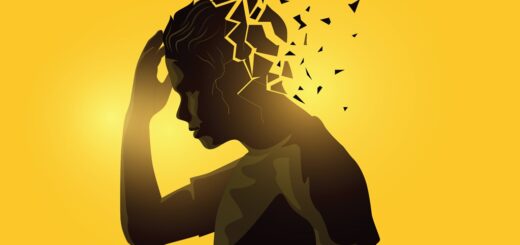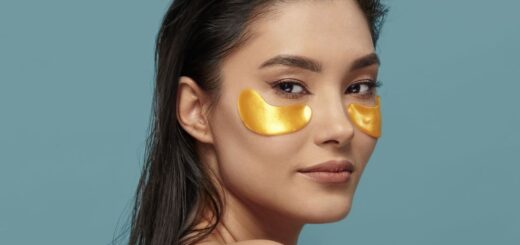Anxiety: The types of its treatment
These violations take a variety of forms, from panic attacks in the circle of strangers to constant feelings about their health, work or family. If you can not get rid of unpleasant anxiety, you should consult a doctor. It will help to identify the problem and prescribe the optimal treatment.
Types of anxiety
Generalized anxiety disorder
You may be tormented by constant unjustified fears about the most common everyday things, such as about money, health, family or work. You expect the worst, even when there is no cause for concern. This sense of anxiety is difficult to control, especially when it torments you for months on end. This can affect the quality of sleep and concentration; cause a feeling of constant fatigue and irritability.
Social anxiety disorder
This is not just shyness. You enter into a stupor fear to get caught off or disgrace yourself in some social situation. Most often, this violation begins in adolescence and can make the social, professional and personal life almost unbearable.
Panic disorder
A panic attack is a sudden attack of anxiety, appearing as if from nowhere. It can happen at any time, even during sleep. If panic attacks happen to you often or you are afraid of repetition, you may be suffering from a panic disorder. As a rule, it begins around 20-30 years, and women suffer from it almost twice as often as men do.
Agoraphobia
Previously, this disorder was associated with a panic disorder, until they were transferred to the category of self-infringement. It can force you to avoid crowded places and seek “shelter”, for example, if you are at a stadium, in a subway or in a shopping center. In especially severe cases, people with this disorder experience overwhelming anxiety as soon as they leave the established “security zones”.
Phobias
In horror, we can bring a variety of things – spiders, heights, elevators and even dentists – but most people cope with these fears. If insuperable fear affects your daily life, it goes into the category of phobias.
You may also like to read: The performance anxiety
Types of treatment of anxiety
Cognitive Behavioral Therapy
Most anxiety disorders can be treated in a similar way. For example, this type of therapy helps you better learn about your disorder and learn how to control it: for example, to keep a diary, meditate, reflect or use propranolol – to understand the causes of your feelings and behavior. Before the appearance of noticeable results, it can take 12-16 weeks.
Exposure therapy
The meaning of this therapy is to get rid of the anguish of fear gradually and planned: the more you face it, the less you begin to worry about it. If you have social anxiety, it may be helpful to go to a restaurant. If you have insect phobia, you can start looking at photos of insects, and then see them with your own eyes.
Therapy of acceptance and responsibility
With this therapy, you will learn to recognize and accept negative thoughts caused by anxiety. You will learn to treat them differently and take responsibility to consciously change your behavior, preventing you from living normally.
Selective serotonin re-uptake inhibitors
These medications affect how your brain uses the serotonin substance and sends mood control signals and anxiety signals. These medications help with anxiety disorders, as well as many types of depression.
Selective serotonin norepinephrine inhibitors
Like the previous type of drugs, these drugs affect the chemical substances of the brain – serotonin and norepinephrine – which are associated with anxiety and mood.
Benzodiazepines
These drugs relieve tension in the muscles and help alleviate the symptoms of anxiety, however they can cause drowsiness. If you take them for a long time, you will have to increase the dosage, and this will lead to addiction.
Desensitization and correction of information processing with the help of movements of eyeballs
This strange method of treatment is that your therapist guides the movement of your eyes according to a certain pattern while talking to you about thoughts or memories that disturb you. It resembles the movement of the eyes during the phase of fast sleep, during which you see dreams. Studies show that this method is effective in post-traumatic disorders, some doctors use it for panic attacks and phobias.
You may also like http://therecreationplace.com/















